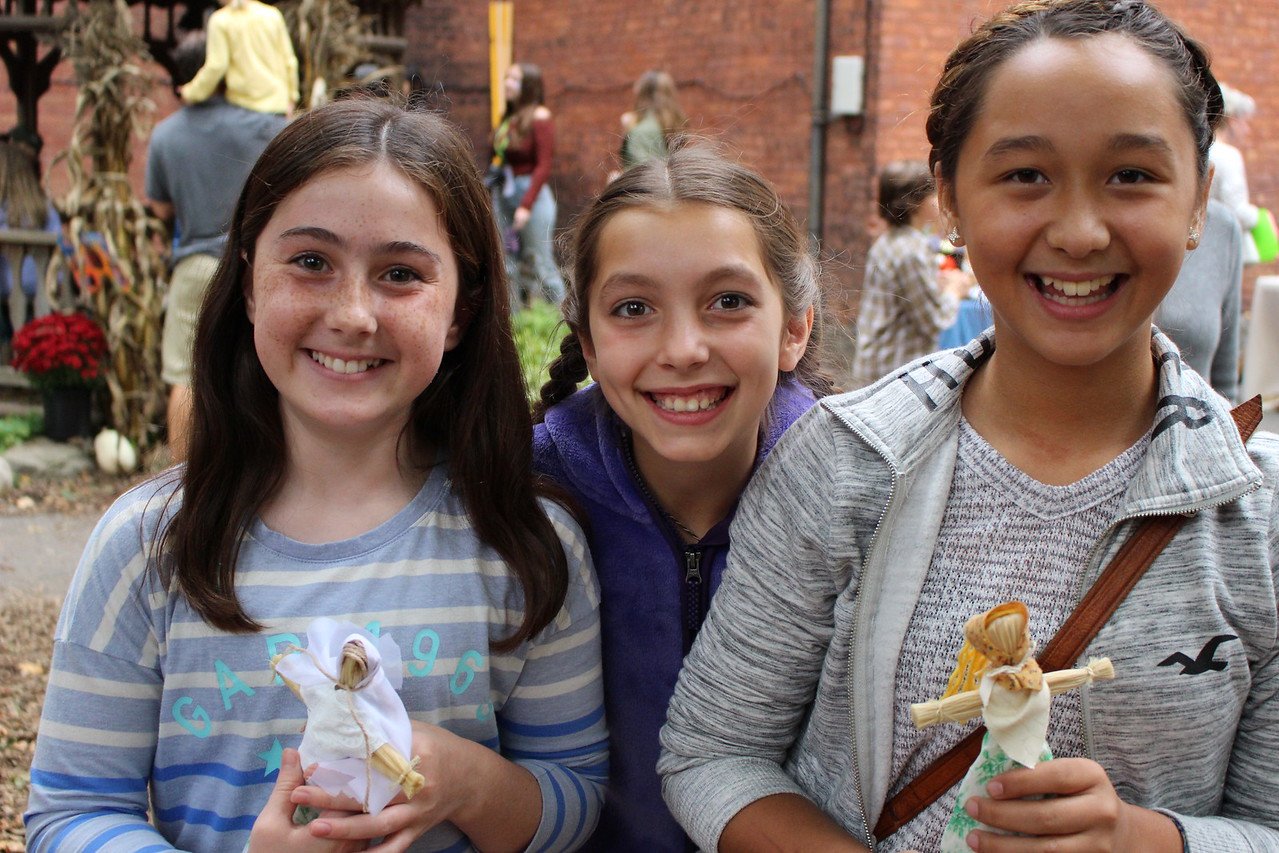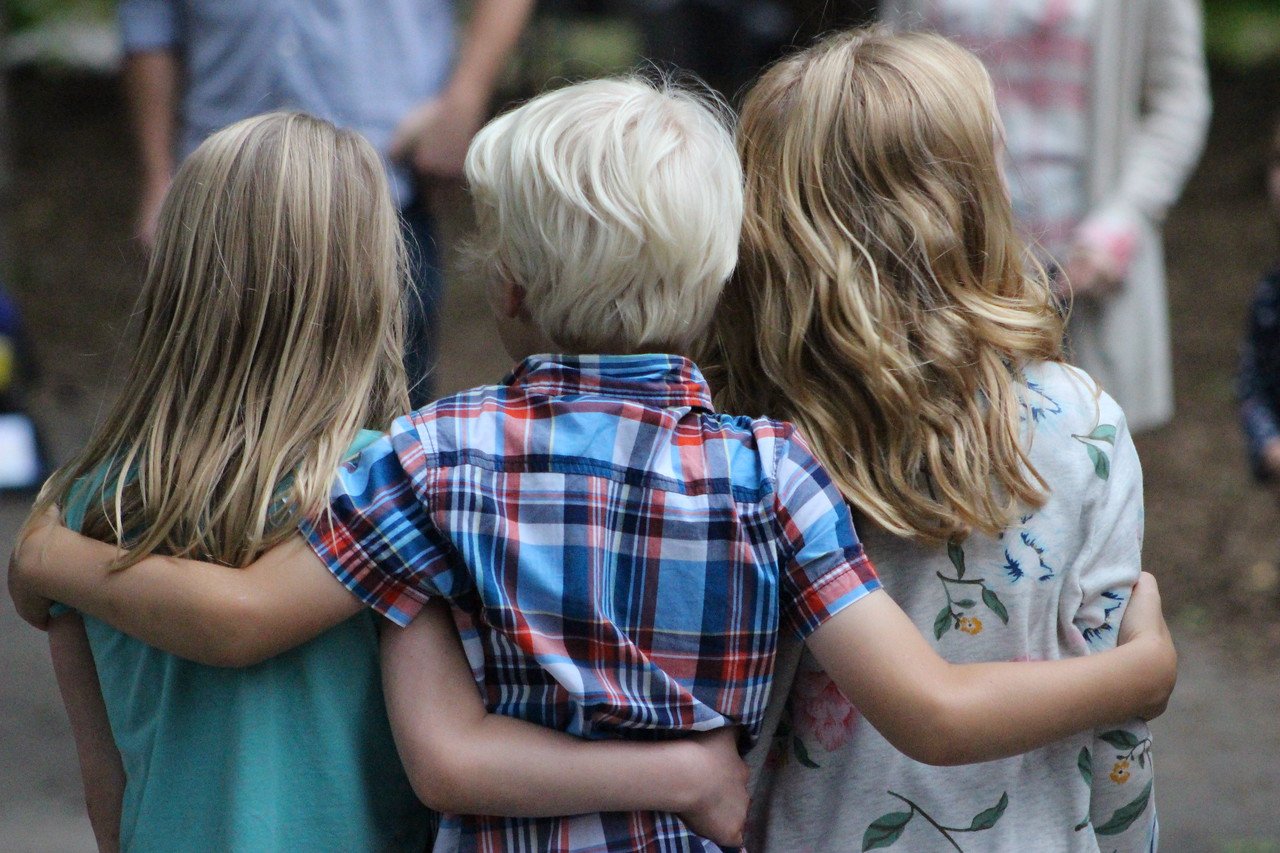
Waldorf Education
What is Waldorf Education?
Waldorf education inspires the spirit of the child while eliciting academic excellence through educational artistry. Through our pedagogy students develop an understanding and respect for the various cultures of the world through their experience in the classroom and in the celebration of seasonal festivals of the year. Drawing on many traditions, we celebrate our common humanity, not our separateness in belief or practice. Alongside Waldorf schools worldwide, we graduate lifelong learners who give purpose to their lives and communities.
Waldorf schools provide a developmentally appropriate, experiential, and academically rigorous approach to education that integrates the arts in all academic disciplines. This approach enriches learning. Waldorf education creates a deeply meaningful learning process upon which experience, not just acquisition, underscores knowledge, thereby encouraging students to be active thinkers.
How Waldorf Works
Waldorf pedagogy leads students to engage with the curriculum on many levels. The class teacher travels with the students in grades 1-8 as guide, mentor, and figure of authority. Lessons balance cognitive and emotional intelligence with physical activity where each assignment integrates academic work with fine and practical arts.











Waldorf education is the largest and fastest-growing nonsectarian educational movement with over 2,000 schools worldwide
Child Development (Birth Through 21)
Steiner’s development arc has three parts – a beginning, a middle and an end. The beginning ecompasses birth through 7 years old, middle is 7 through 14, and the end is 14 through 21. He believed that every seven years another part of ourselves is developing, marking the end and beginning of a new phase of life. This continues on through our entire lifetime.
Listed Below Are A Few Distinct Qualities From Each Period:
Birth to 7 – (physical body: doing/ willing) – During this phase, children start to recognize themselves as an individual, imitating, learning through play, experiencing the world through your senses, self-initiated play.
7-14 – (etheric body/ life body: feeling) – we gain the capability to use our imagination, planning to play, teacher provides stories about the world, memory skills develop.
14-21 – astral body (spirit body: thinking) – teacher fulfills an advisory role, birth of judgment/ discernment happens.
WSSS Family Survey


Early Literacy Program
Articles Written By WSSS Teachers
-

Issue #2
Moving from Whole to Parts within the 5 Elements of Early Literacy
The importance of whole to part thinking is an integral foundation of Waldorf Education. We can apply this thinking to the five elements of early literacy as well.
-

Issue #3
Over the last few issues, we have been discussing Waldorf's holistic approach to literacy through the use of storytelling and how the use of story is building the foundational pillars of early literacy by building up comprehension and vocabulary through intrinsic, child-friendly activities in early childhood.
-

Issue #5
We human beings are multisensory beings, and our greatest sense organ is our limb system. The world begins to make sense to us through our limbs. When we move, we gain knowledge about movement itself, dynamics, weight, balance, perspective, color, shapes, and so much more. Movement is a sensory-motor experience.
Additional Interesting Reads
Brookings
New Evidence of the Benefits of Arts Education
Huffington Post
How To Teach Your Kids To Care About Other People
New York Times
The Case for Creative Play in a Digital Age
Huffington Post
Teaching Whole Child: Waldorf Schools & Teacher Engagement
New York Times
How to Raise a Creative Child. Step One: Back Off
World Econ Forum
10 Skills Needed in the Fourth Industrial Revolution
New York Times
Rethinking College Admissions
Wall Street Journal
Teach Your Child Well: Unhook Them From Technology
Teaching Kids to Crochet and Knit: Why Waldorf Schools Incorporate Crafting into their Curriculum
Nature.com
The Importance of Free Play in Nature
New York Times
Screen Addiction is Taking a Toll on Children
Washington Post
STEM is Incredibly Valuable, but if We Want the Best Innovators, We Must Teach the Arts
New York Times
A Silicon Valley School That Doesn't Compute
New York Times
Rethinking the Colorful Kindergarten Classroom
